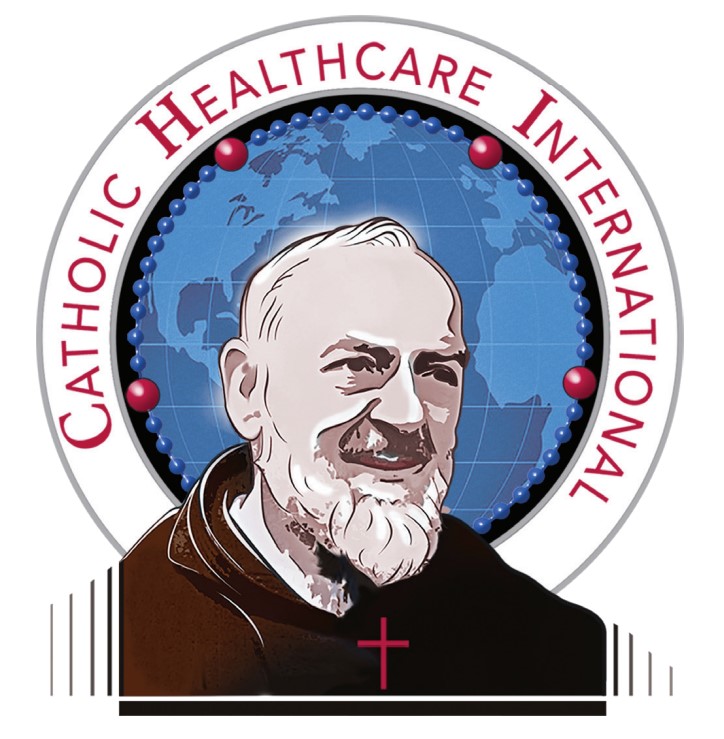“Uniting Healthcare with Holiness to Relieve Suffering”
America First Medical Student Support Initiative

America First Medical Student Support Initiative: Why It Matters
America is facing a looming physician shortage, not because we lack capable students, but because our residency system is outdated and unfair. Each year, thousands of U.S.-trained medical graduates are denied residency slots, the final essential step to becoming a doctor, while many positions are filled by foreign-trained applicants.
This isn’t about exclusion. It’s about ensuring that U.S. taxpayer-funded training first supports American students who are ready to serve their communities. Many foreign graduates return to their home countries after completing U.S. residencies, worsening our shortage and leaving underserved Americans to face longer wait times and reduced access to care.
The America First Medical Student Support Initiative offers a simple, common-sense solution: prioritize American medical graduates for federally funded residencies. This strengthens our healthcare system, protects public investment, and ensures quality care for all, especially the most vulnerable.
If you care about fairness, access, and the future of American healthcare, we invite you to explore the full proposal below.
The America First Medical Student Support Initiative
Background: With population growth in the US, particularly in the elderly, we face a significant shortage of physicians over the next 20-30 years. The Health Resources & Services Administration (HRSA), predicts a shortage of over 187,000 physicians by 2037 (1). This is particularly true in primary care, but will be felt across all specialties, particularly in non-urban areas (1). Although medical schools are expanding to meet this demand, a new physician cannot function without completing residency training. Most residency training in the US is funded by CMS (Medicare). The Balanced Budget Act of 1997 capped the funding of residency positions at the 1997 level, before the current physician shortage was anticipated. This is the bottleneck in our ability to produce new doctors and severely limits the growth of new American Medical Schools.
The issue: Currently, the National Resident Matching Program (NRMP) is the primary method through which medical school graduates are placed into residencies. The NRMP treats all applicants equally and does not differentiate between graduates of US or foreign medical schools. Most resident salaries and expenses are paid by the Centers for Medicare & Medicaid Services (CMS) from tax dollars. CMS funds all approved residents equally, without regard to individual physician background or area of specialty training. In 2024, over 9000 residency positions were filled by graduates of foreign medical schools through the NRMP (2). This same year, just over 1900 graduates of US medical schools failed to match into a residency position and may be unemployed (2). As the number of American medical schools increases, American graduates are finding themselves faced with unfair competition from foreign medical students for residency placement. Although the reasons a hospital may choose a graduate of a foreign school over one from the United States vary, among them are residency program directors, who are also foreign graduates, hiring trainees from their home schools or countries. Another reason often cited (personal communication and direct experience) is a desire to hire foreign graduates to meet diversity, equity and inclusion (DEI) goals. Despite Administration directives to the contrary, many educational accreditation bodies, including the Accreditation Council for Graduate Medical Education (ACGME), the accreditation body for all US residency training programs, have DEI mandates throughout their standards (3). Because residency programs contribute to hospitals’ financial well-being, maintaining accreditation is very important. Many program directors’ primary concern is accreditation, hence compliance with DEI requirements overrides many other priorities. Matching foreign medical graduates is a quick way for program directors to check that box, while often supporting graduates from their own home countries.
The problem with this is foreign medical schools are not subject to the strict accreditation standards of US medical schools, and the decision about whether a graduate is qualified is not based on a good understanding of their ability to safely care for the American public. Often a decision to match a resident is made based on national origin, DEI or some other non-merit criterion, and does not take into account the quality and rigor of the clinical and academic training required to safely work in the US healthcare system. Additionally, foreign medical schools are not held to the same outcome standards as in the US for rates of graduation and successful practice in the US, leading to high rates of attrition and default on US federally guaranteed student loans. Finally, American medical schools limit their growth for fear that their own graduates will not obtain residency training.
Proposal: The America First Medical Student Support Initiative would direct, through Executive Order, CMS funding for residency training go preferentially to graduates of American Medical Schools, that is, those accredited by either the Liaison Committee on Medical Education (LCME) or the Commission on Osteopathic College Accreditation (COCA). After all graduates of American Medical Schools are funded, remaining funds would then go to US citizens who are graduates of foreign schools and, finally, foreign nationals who are graduates of foreign medical schools. To facilitate this, the NRMP would be required to operate in 3 phases. The first phase would only consider graduates of American Medical Schools. After that is exhausted, a second phase would consider US citizens who are graduates of foreign medical schools. A final phase would match all others, if there were remaining funds. Not only does this proposal support American companies and jobs (that is, medical schools, their employees and students, who support American economic development in their respective states and communities), but it protects the public health and welfare. It does not deny funding to foreign graduates, but it does dictate that graduates of American Medical Schools receive first preference for residency placement and funding, which is ultimately paid for by the American taxpayer through CMS.
References:
- HRSA Health Workforce Projections. https://bhw.hrsa.gov/data-research/projecting-health-workforce-supply-demand Accessed 2/14/2025.
- Main residency match data. https://www.nrmp.org/wp-content/uploads/2024/07/2024-Main-Match-Results-and-Data-Final.pdf Accessed 2/14/2025.
- ACGME DEI initiatives and mandates. https://www.acgme.org/initiatives/diversity-equity-and-inclusion/ Accessed 2/15/2025.
